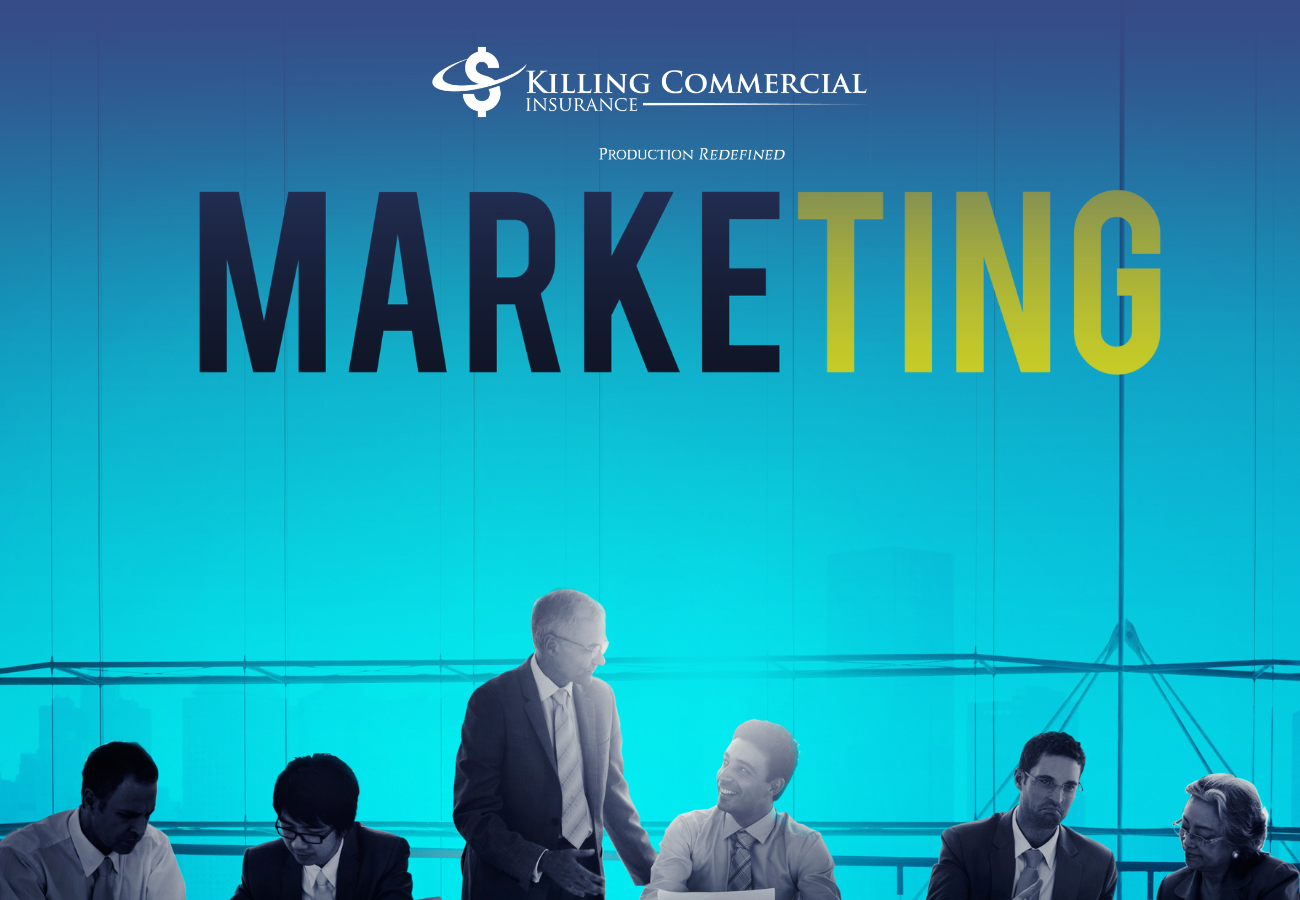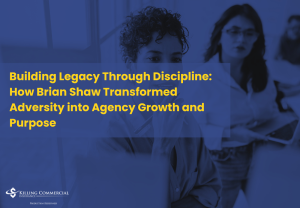Closing Deals Through Online Education: A Comprehensive Guide

Introduction
In today’s fast-paced digital world, closing deals through online education has become a crucial strategy for businesses, particularly in the insurance industry. By leveraging webinars, insurance agents and brokers can educate potential clients, build credibility, and generate high-quality leads. This blog post provides a detailed guide on how to conduct successful webinars that not only engage your audience but also drive business growth.
The Power of Online Education
Online education is a powerful tool for establishing authority and trust with potential clients. By offering valuable insights and practical advice through webinars, you position yourself as an industry expert. Webinars allow you to reach a broader audience, provide in-depth knowledge on complex topics, and create content that can be reused and repurposed for ongoing engagement. This approach not only enhances your visibility but also nurtures relationships with clients who view you as a reliable source of information.
Preparing for a Webinar

To host a successful webinar, preparation is key. Start by selecting a relevant and engaging topic that resonates with your target audience. For instance, in the insurance industry, topics like cybersecurity, cost-cutting in workers’ compensation programs, and quality control for specific sectors such as HVAC or plumbing can attract significant interest.
Assembling a panel of experts is equally important. Include subject matter experts who can provide diverse perspectives and valuable insights. This not only enriches the content but also attracts a broader audience. For example, when discussing cybersecurity, you might include an insurance expert, a cyber attorney, an IT security professional, and a law enforcement official who specializes in cybercrime.
Structuring Your Webinar
An effective webinar structure keeps the audience engaged and ensures the content is delivered smoothly. Here’s a suggested format:
- Introduction and Opening Remarks (5-10 minutes): Begin with a brief introduction, outlining the webinar’s agenda and objectives. Introduce yourself and the panelists, highlighting their expertise.
- Main Content Delivery (30-40 minutes): This is the core of your webinar. Each panelist should address specific aspects of the topic, providing detailed information and actionable advice. Ensure the content is well-organized and flows logically from one segment to the next.
- Q&A Session (10-15 minutes): Conclude with a Q&A session, allowing the audience to ask questions and engage directly with the panelists. This interactive segment can provide additional value and clarify any points of confusion.
Marketing Your Webinar

Promoting your webinar effectively is crucial to ensuring a good turnout. Utilize a mix of email marketing, social media, and partnerships with your panelists to reach a wider audience. Create a marketing kit with suggested posts, graphics, and email templates that your panelists can use to promote the event to their networks.
Building momentum requires a coordinated effort. Start promoting your webinar at least two weeks in advance, and continue to send reminders as the event date approaches. Highlight the value of the content and the expertise of the panelists to attract registrants.
Conducting the Webinar

On the day of the webinar, focus on delivering a smooth and engaging experience. As the host, your role is to moderate the discussion, keeping it on track and ensuring all panelists have an opportunity to speak. Manage the technical aspects, such as ensuring good audio and video quality, and addressing any issues promptly.
Interactive elements like polls and Q&A sessions can enhance engagement. Encourage attendees to participate and ask questions throughout the webinar.
Post-Webinar Strategies
The work doesn’t stop once the webinar ends. Follow-up actions are essential to maximize the value of the event. Edit the recording and upload it to your website, making it available on-demand. Use the recorded content to create additional materials, such as blog posts, video clips, and social media posts.
Lead attribution and tracking engagement are critical. Use tools like HubSpot to track new leads generated from the webinar and follow up with personalized emails or phone calls. This helps nurture these leads and move them further down the sales funnel.
Case Studies and Success Stories
Sharing case studies and success stories can illustrate the impact of your webinars. For example, during the COVID-19 pandemic, we conducted a webinar on the Payroll Protection Plan (PPP) with a local bank. This event attracted hundreds of business owners and resulted in significant business growth for both the bank and our clients.
Another example is our ongoing series of webinars on cybersecurity. These events consistently attract a high number of attendees and generate valuable leads. By sharing these success stories, you demonstrate the potential benefits of webinars and encourage others to implement similar strategies.
Continuous Improvement and Future Webinars

Evaluating the success of your webinars is essential for continuous improvement. Gather feedback from attendees and analyze metrics to identify areas for enhancement. This iterative process helps you refine your approach and increase the effectiveness of future webinars.
Commit to a consistent webinar schedule, such as one per quarter, to maintain engagement with your audience. Planning ahead and setting clear objectives for each webinar ensures you stay focused and deliver high-quality content.
Conclusion
Webinars are a powerful tool for closing deals and educating clients. By following the strategies outlined in this blog post, you can create engaging and effective webinars that drive business growth. Remember, the key to success lies in thorough preparation, effective promotion, and continuous improvement.
Call to Action
If you found this guide helpful, please share your thoughts or questions in the comments below. Additionally, we offer a downloadable checklist for planning and executing successful webinars. For further inquiries or personalized consultations, feel free to contact us. Let’s start leveraging the power of online education to grow your business!

Reclaiming Purpose in a Distracted World: Empowerment, Emotional Intelligence, and the Future of Work-Life Balance
In today’s performance-obsessed culture, achieving elite status in your profession can often come with a hidden price. Tania Khazaal, known to many as Tanya the Herbalist, knows this truth firsthand. After climbing the ranks in the insurance industry and landing in the top 1% of sales professionals, she found herself at a crossroads. Despite the accolades, international travel perks, and consistent recognition, she was suffering from a quiet crisis: burnout.

From Confusion to Clarity: How Insurance Agencies Can Unlock Growth Through Strategic Leadership and Culture
In the fast-paced world of commercial insurance, the grind of daily operations often blinds agency leaders to the foundational cracks forming beneath them. Producers are focused on closing deals. Account managers are buried in servicing. Agency principals are juggling leadership, sales, operations, and finance. Yet in the midst of this hustle, many agencies lack the one thing that can unlock the next level of growth: organizational clarity.

Building Legacy Through Discipline: How Brian Shaw Transformed Adversity into Agency Growth and Purpose
Brian’s journey isn’t one of shortcuts or overnight success. It’s the story of a man who has faced battlefields, boardrooms, and hospital beds — and come out the other side with an unshakable sense of purpose. His agency is young, his vision is clear, and his “why” runs deep.

Becoming the Specialist: How Niches, Networks, and Relentless Execution Create Elite Producers
Every producer wants to win. But only a small percentage ever reach the level where winning becomes inevitable—not because they get lucky, not because the market is soft, but because they commit themselves to mastery. They study harder, niche deeper, build better networks, and execute with more consistency than everyone else around them.

Becoming the AI-First Agency: How Insurance Producers Can Leverage Automation to Outpace the Competition
Artificial Intelligence is no longer a buzzword for tomorrow. It’s today’s most powerful tool for increasing efficiency, lowering costs, and growing your book of business faster than ever before. For insurance producers and agency owners, this isn’t a matter of curiosity or a “nice to have” anymore. It’s a necessity. The reality is that your competition may already be using AI-powered tools to identify prospects, streamline service, and close deals before you even realize you’re in the game.

Faith, Empathy, and Opportunity: How Lloyd Brown is Redefining Diversity and Purpose in the Commercial Insurance Industry
In every season of The Protege, one thing becomes crystal clear—success in the commercial insurance industry isn’t about where you start, it’s about who you become.
In this episode of the Power Producers Podcast, I sat down with Lloyd Brown, a middle market producer from Orlando, Florida, whose story is equal parts faith, resilience, and purpose.

Responses